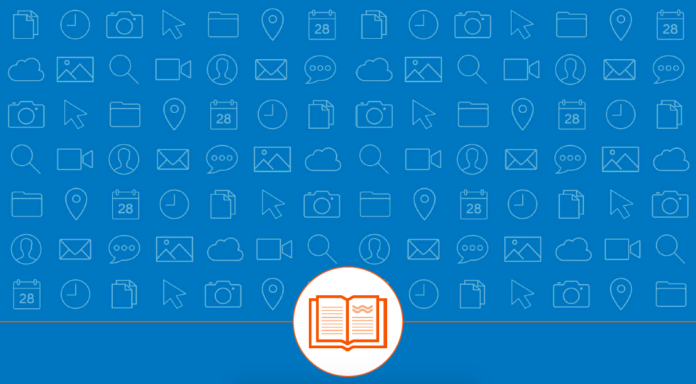Gordon Donnelly, SEO & Content Specialist at WordStream, highlights hacks for ads on Facebook and for using Google to help improve your Facebook marketing.
Why social media?
One of the first things an infant learns is how to swipe and unlock an iPhone. Between our phones, desktops and iPads, people are constantly connected, and according to BI Intelligence, people spend more time on social media than any other internet activity, including email.
Paying to play
Back in the day, Facebook was just a place for college students to connect, plan parties, tell jokes and share photos. Now the space is cluttered with parents stalking their children, singles looking for love, and businesses promoting their products and building their brands.
Having an organic social strategy is critical for the times when loyal customers are looking to further engage with your brand, site visitors are looking for more information or investors are trying to better understand your business. Unfortunately, none of these scenarios account for the person that hasn’t had exposure to your business or the distracted shopper that has forgotten about your products or offerings they previously discovered through search.
Where to start?
Between Twitter, Facebook, LinkedIn, SnapChat, Instagram, Periscope, etc. where in the world should you start?
There’s one thing we know for sure: your customers are clicking on Facebook ads. With 22 billion ad clicks per year, Facebook is providing businesses with the biggest advertising opportunity since search. At WordStream, 85% of our new customers are already advertising on Facebook or plan to start soon. Not to mention that Facebook has an insanely granular level of targeting capabilities, re-marketing functionality, and other tools to connect with the exact right people at the exact right time.
So, you’ve built a Facebook page, agreed to Facebook’s Terms of Service, and set up your billing, but what now? Between choosing which content to promote, building compelling ads, determining how to properly allocate your budget, and putting your ads in front of the most relevant audience, Facebook ads can be more challenging than a Rubik’s cube.
One thing you can do is leverage your paid search data and apply a similar strategy to advertising on Facebook. Check out these three hacks to get started:
1: The VIP socialiser
Quality Score is to search as relevance score is to Facebook. If you’ve been in the paid search game for some time now, you are well aware that maintaining higher Quality Scores is insanely beneficial to getting better results for less money. Quality Score is the mystery metric that takes into consideration factors such as an ad’s click-through-rate and relevancy (keywords, to ad text, to a landing page) to determine a score on a scale of 1 to 10, 10 being the highest. If your Quality Score is above 5, you end up getting a discount for each click.
For instance, with a Quality Score of 9, you could end up in position 2 but still paying less per click than the advertiser below you in position 3 or 4. Facebook’s relevance score works the same way! Just as CTR plays a significant role in determining an ad’s Quality Score, post engagement (think likes, shares, and comments) plays the largest part in determining an ad’s relevance score on Facebook.
2: The Savvy Social Stalker
Pay-per-click (PPC) search clicks add up! Especially the ones that don’t convert into customers. The number one reason marketers get fed up with paid search is because they’re spending all of their budget on a handful of clicks that never turn into customers, but the issue is not paid search; rather, the problem lies in that they’re not taking measures to push these leads that come in through search further down the funnel.
Someone clicked on your ad and visited your site. This is a good sign. We know they’re interested at some level, but they need a bigger nudge. There are thousands of marketing messages cluttering their brains, so give your PPC leads a push by re-marketing to non-converters on searches through social.
3: Cloning the cream of the crop
Who wouldn’t want to clone their converters? You probably didn’t think it was possible to expand your audience even further, but the power of lookalike audiences on Facebook ads makes this possible. Lookalike audiences allow you to reach more people who share similar traits with your current customer base (think age, gender and interests).
By ‘cloning the cream of the crop’ you can combine the power of lookalike audiences with your customers that have already converted through search to find demographically similar people to target on Facebook. How do you do this? By using the conversion pixel from your PPC landing pages, you can create a lookalike audience in Facebook to expand your reach to a new audience that has a higher likelihood of converting, since their clones have already converted.
To download the guide click here
WORDSTREAM wordstream.com










